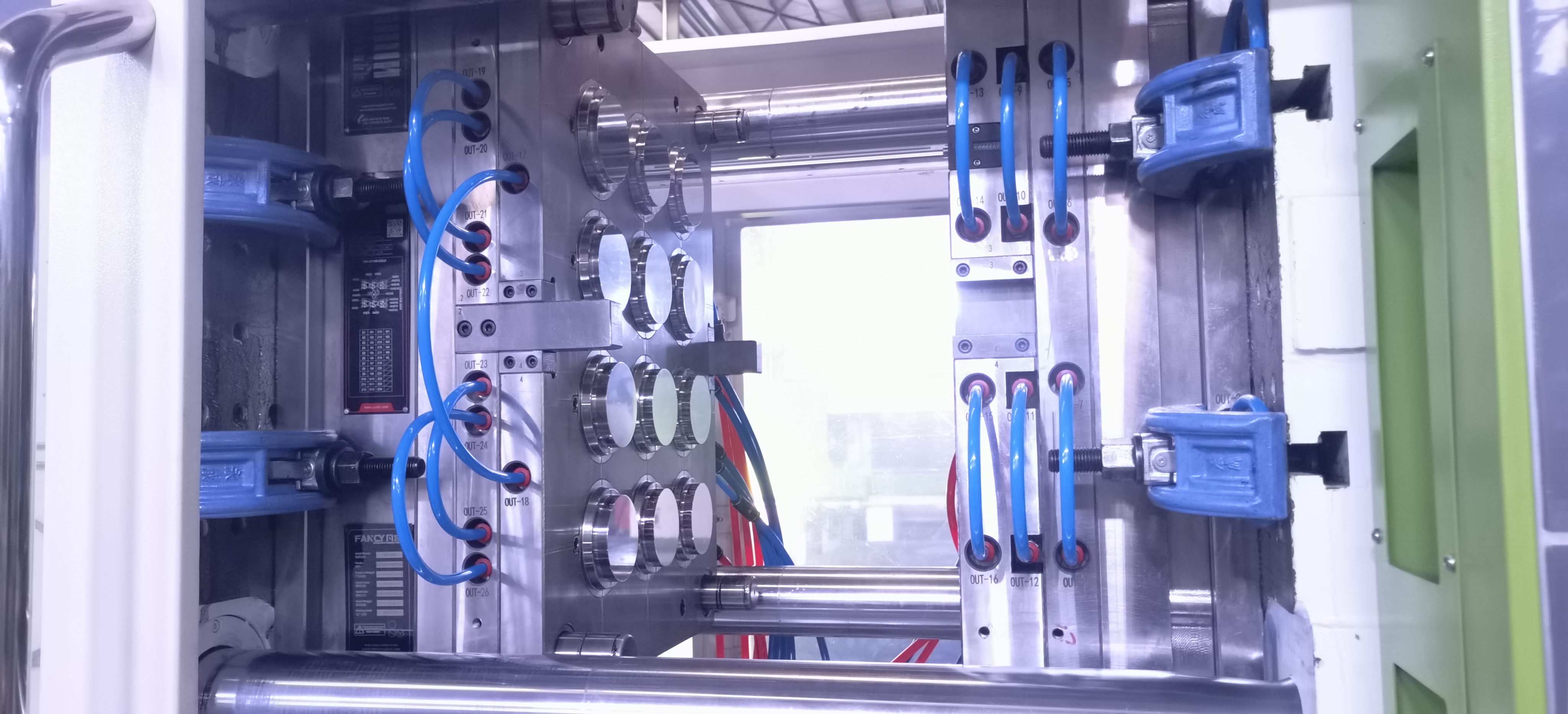How to Create a Quality Plastic Mould?
2024-10-15 | Company News

As a top 5 boiler manufacturers in China, Linkjoint has plenty of accolades from our valued customers due to its sophisticated design, excellent quality, eco-friendly thermal solutions, state-of-the-art equipment and sustaining innovation. Some of latest information about our products and exhibitions we attended are shown as follows.
EV Battery Module Plastic Shell Mold Manufacturer
JunSun Mould specializes in high-quality plastic shell molds for EV battery modules. With proven experience supplying molds for brands like BYD, we deliver tailored solutions for your battery shell mold challenges. Contact us for expert mold design and manufacturing.
Achieving Remarkable Light Weight in Vegetable Crates: The JunSun Mould Advantage
As a leading light weight crate mould manufacturer - JunSun Mould provides comprehensive solutions for crate product design, mould design and mould manufacturing.
Why need mold-flow analysis before mould designing?
Before the current mould design, mold-flow analysis is conducted to analyze the plastic parts themselves, and injection, pressure, and other analyses are performed on the plastic parts before designing the mould. The benefits of conducting mold-flow analysis for moulds are as follows:
